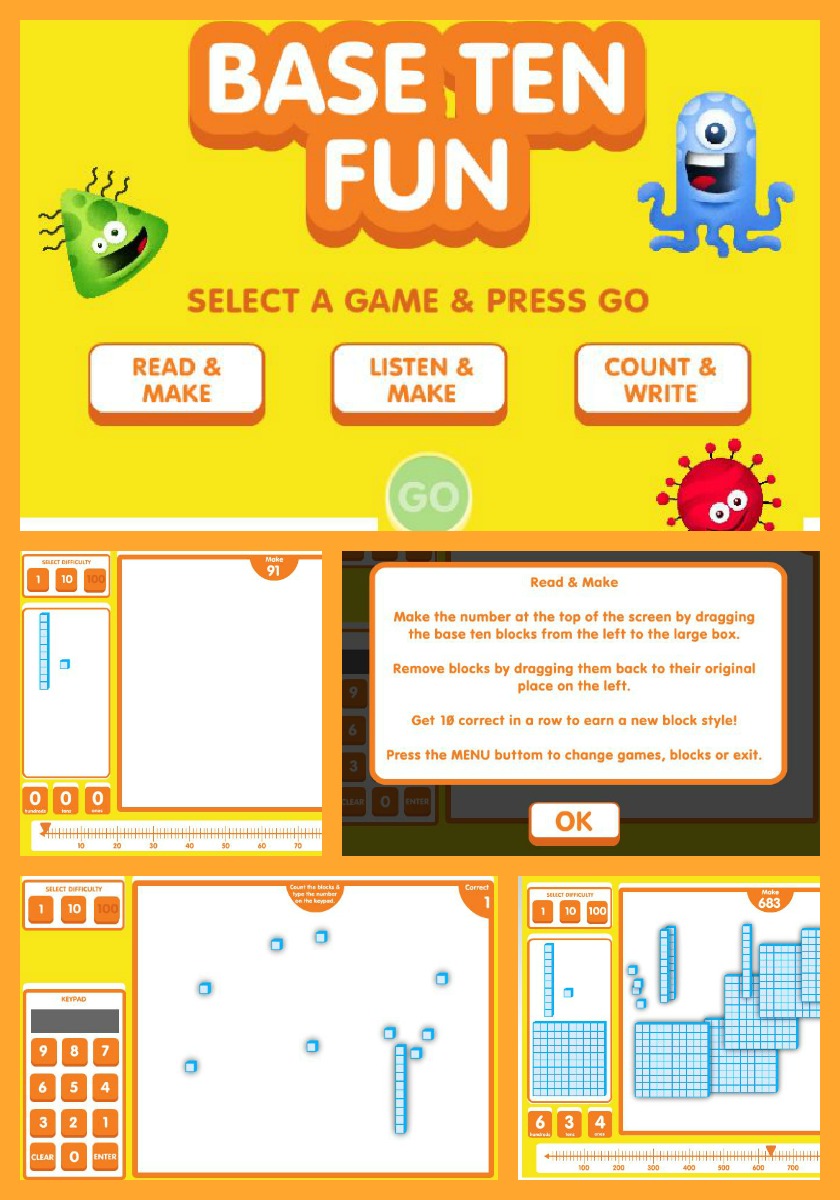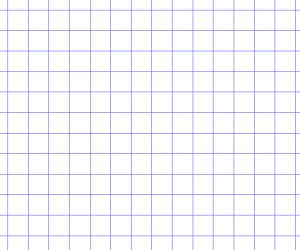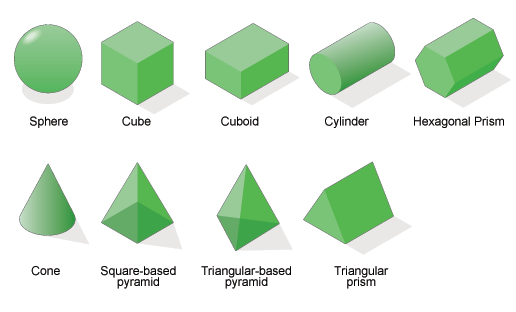Click here to download as PDF
Lesson on estimation
Subject:
Math Grades: 1, 2
Topic: Estimation and Organizing Data Grade: 1
– 2
Objectives: The student will
1.
demonstrate how to organize
data by writing down their estimations and actual
findings.
2.
demonstrate how to make
estimations by writing estimations about how many
beans can be
held.
3. compare their estimates
to their actual data in a math book
entry.
Lesson:
The activity will last approximately 1
hour.
Materials: paper, scissors, pencil, Kidney beans,
chart paper (or white board)
Anticipatory
Set:
The teacher will read the
book, Jack and
the Beanstalk. The teacher
will remind students that
Jack received only five beans for the cow. The teacher then asks,
“How many beans do you think Jack would have
had if he’d received a
whole handful instead
of just a few?”
Concept Development/Activity:
1.
The teacher asks the students,” Think
about how many jellybeans you think you could hold in one hand?”
The students share
their estimates with the
class.
2.
Students
are to trace one
hand onto paper, cut
it
out, and write their estimation on the
thumb. It is helpful for the
teacher to model the procedure.
3.
Students
are to place jellybeans
into their actual hands, to
see how many they
can hold. The
students get into pairs and check the number
of jellybeans the
other child held.
4.
The students are to
cut
out a small paper bean and write the actual number
held onto the paper bean, then glue
it to the
paper.
5.
The teacher will create
a large chart which displays
children’s estimations and actual findings.
EXTENSION: The children
are to arrange their hands
in on a class graph.
6.
Students
are to identify
the smallest number of beans held, and place the
hand in the
first column of the chart.
7. Students discuss possible ways to arrange
the hands into columns.
8.
Once students agree on
how many numbers are assigned to
a column, they tape the
hands onto the chart.
Practice:
A class discussion will
focus on the various sizes of hands and how many beans
were held. Most likely,
a few hands will not
fit into the larger hands
– more beans, smaller
hands – less beans theory. Have
students discuss possible
reasons why this may have occurred. To find more
accurate data, have students
trace their hands again, this time keeping their fingers together. Talk
about the outcomes of the second activity.
Closure:
Students will write a
paragraph about the hands
and beans activity.
They are to talk
about the relationships between the
size of the hands and the amount of
beans.
Assessment:
The teacher will monitor
the students participation during the
activity. In addition,
the teacher will read the findings
recorded in each student’s
journal.
Sources:
Burns, Marylin. (1996). 50 Problem Solving Lessons
. New York: Math Solutions Publications.
Regniers, Beatrice Schenk. ( 1985). Jack
and the Beanstalk. New York:
Collier Macmillian.



















